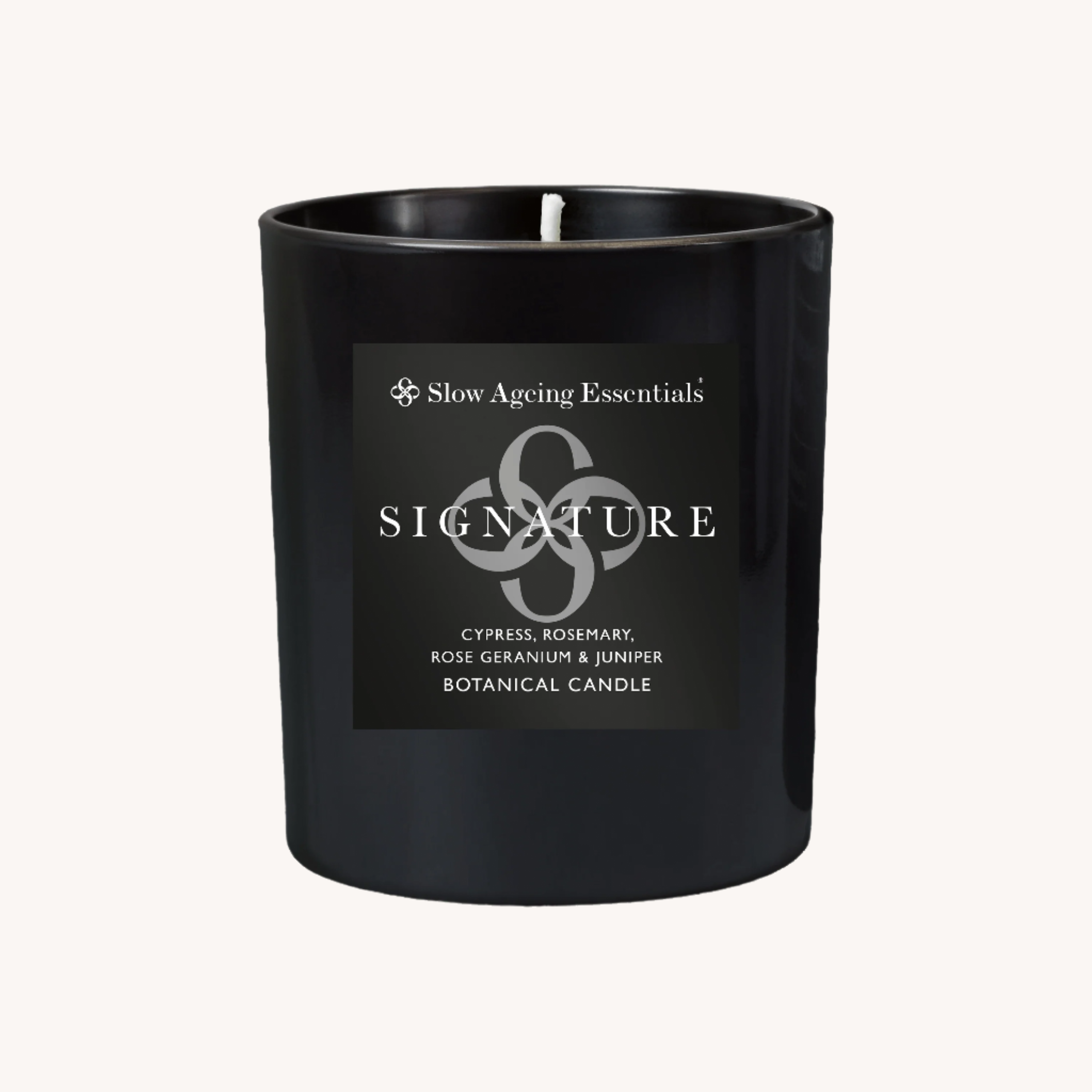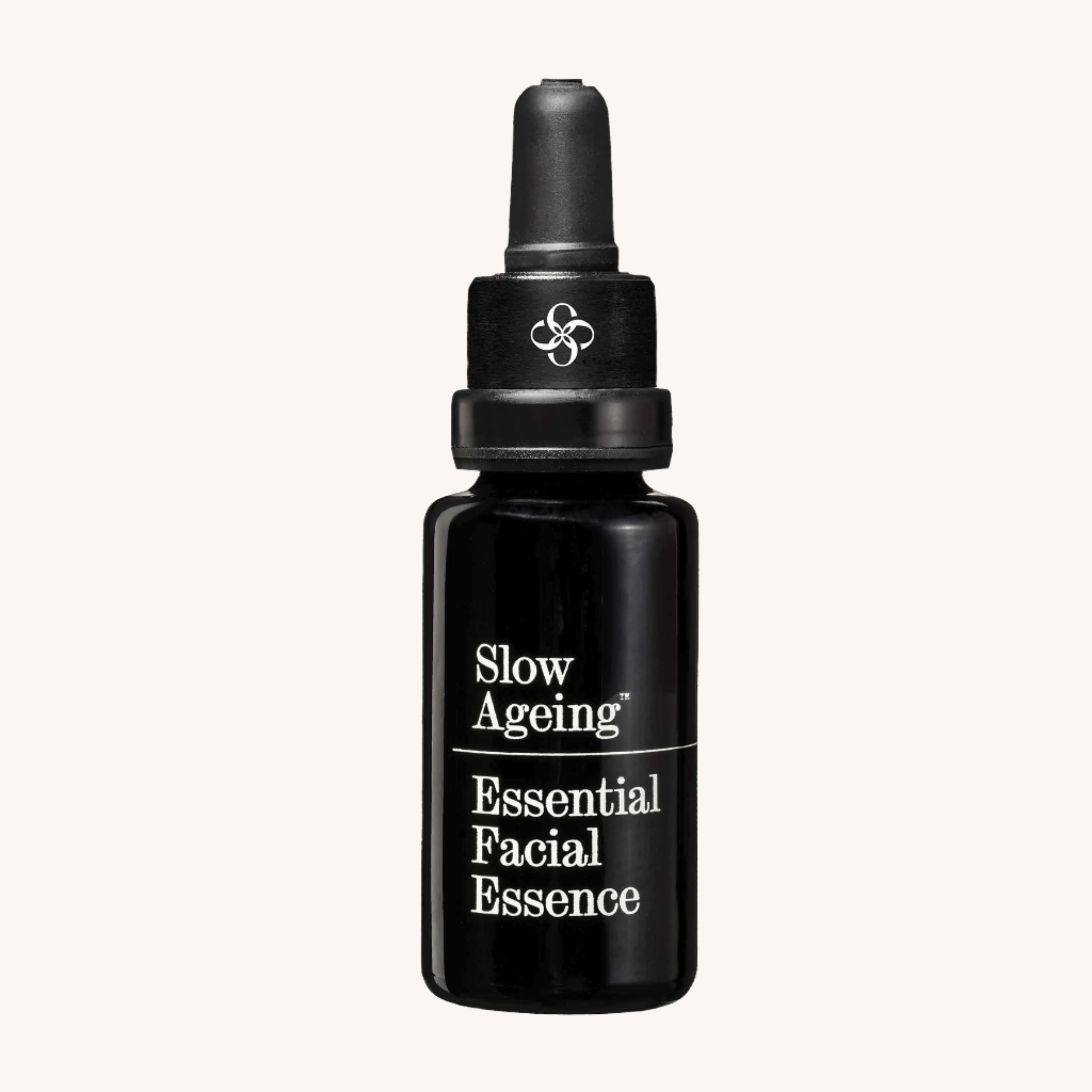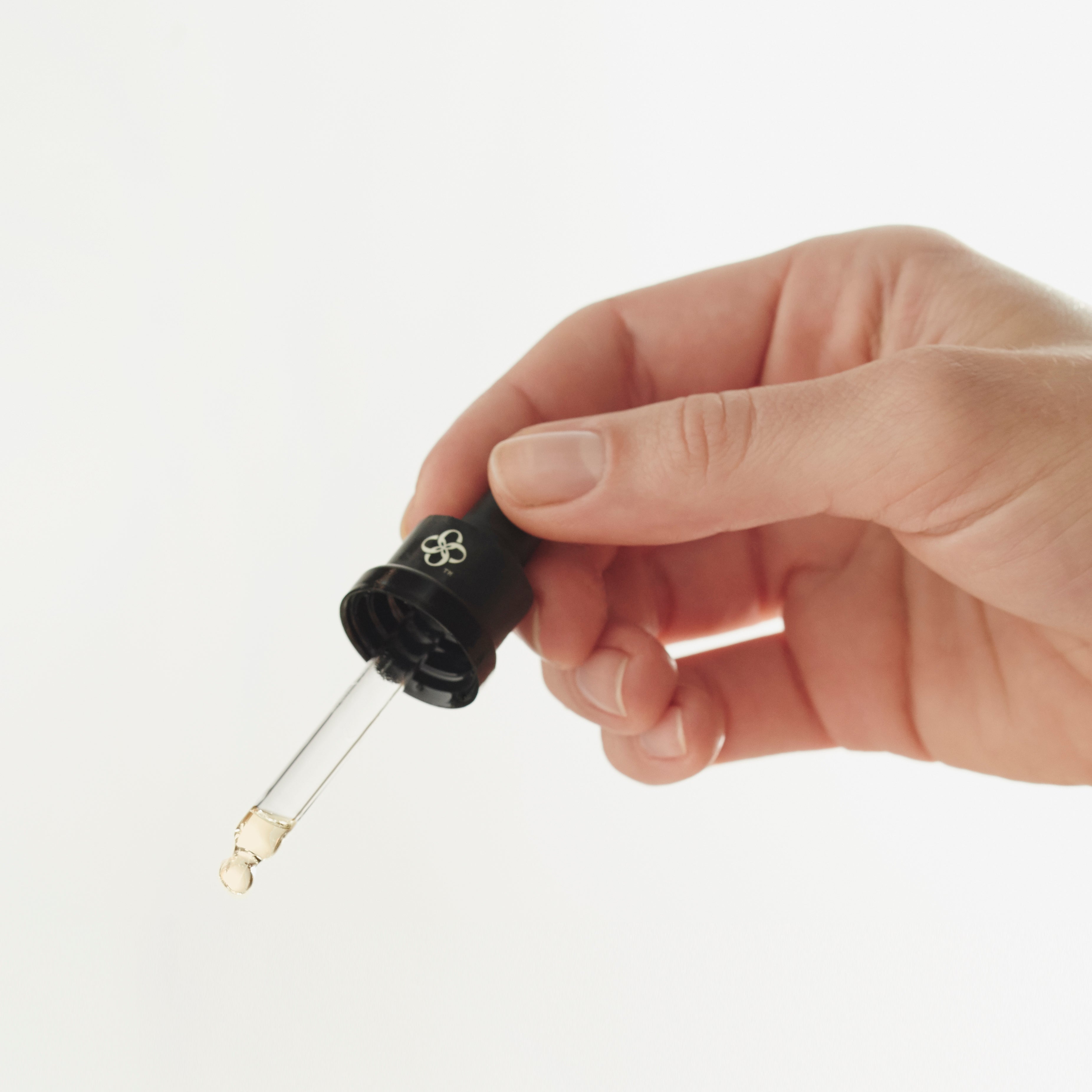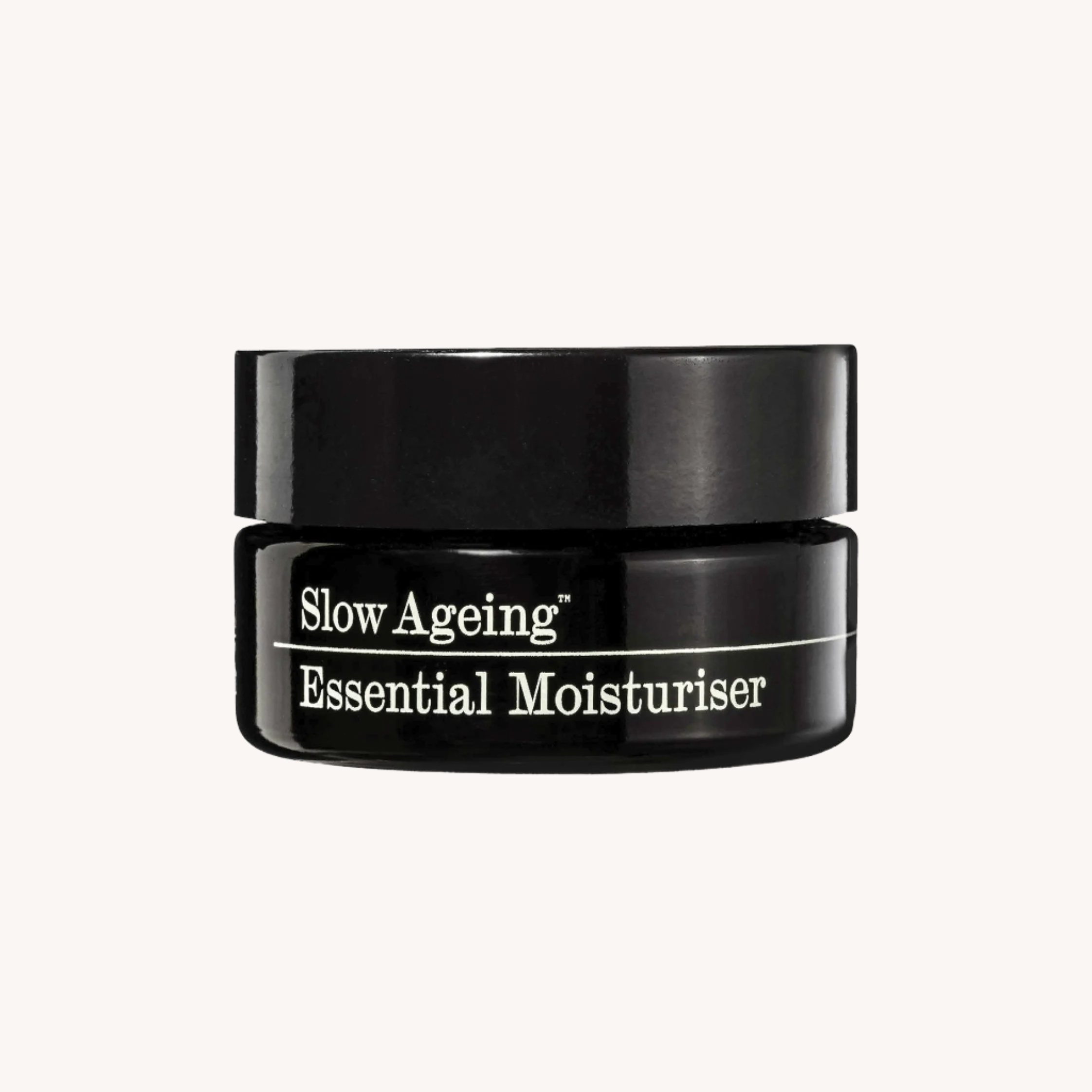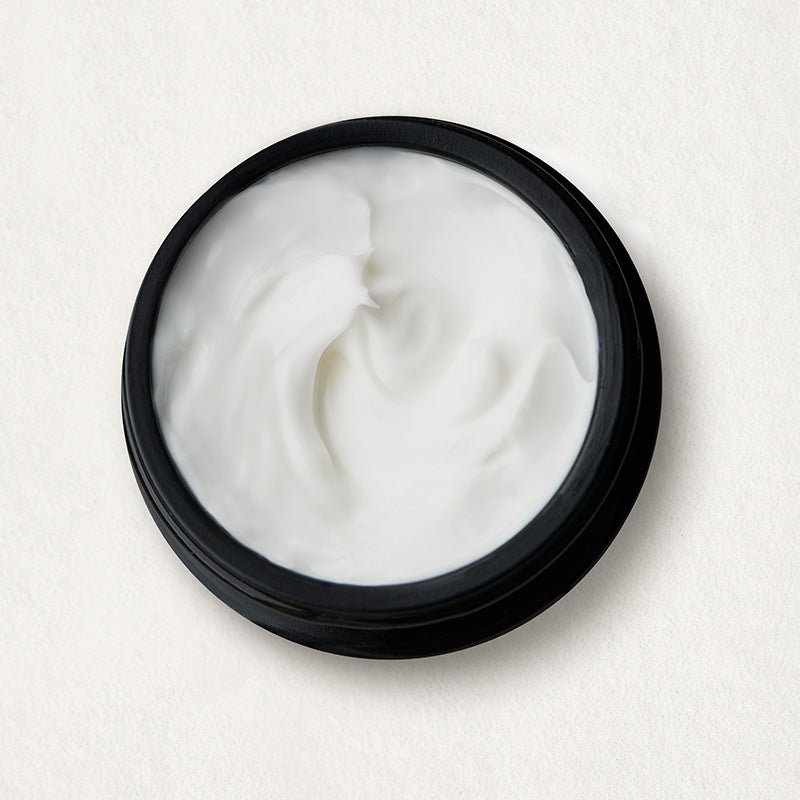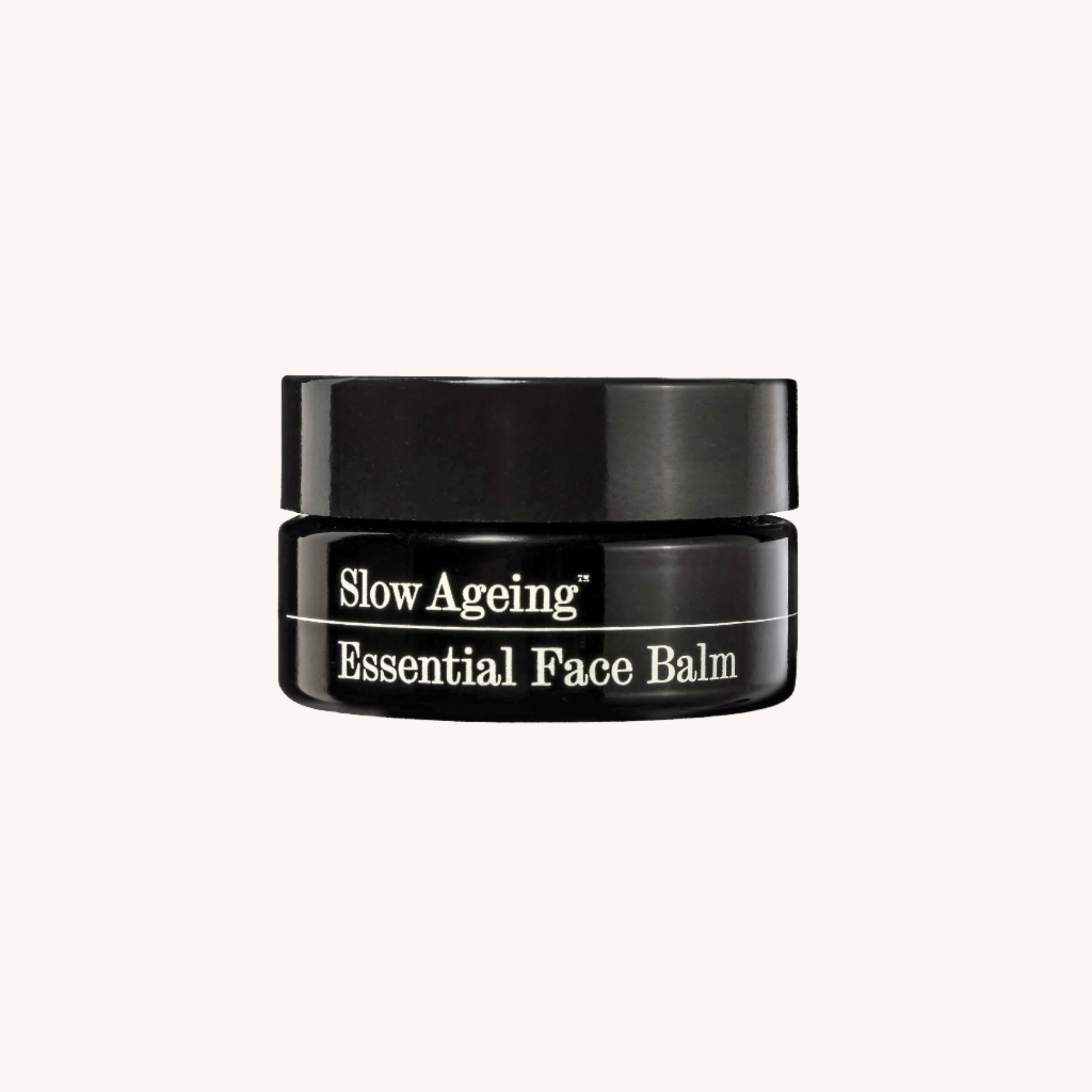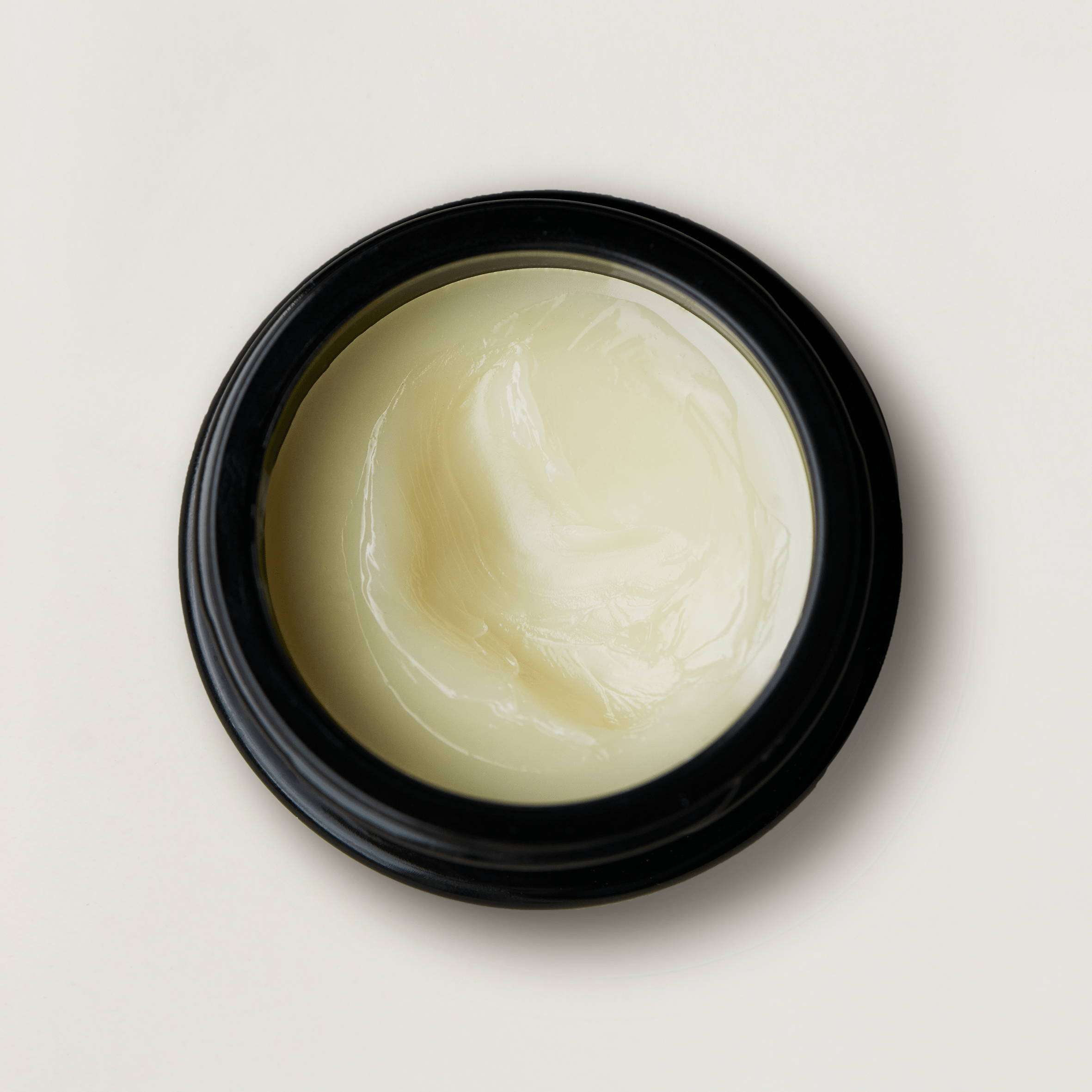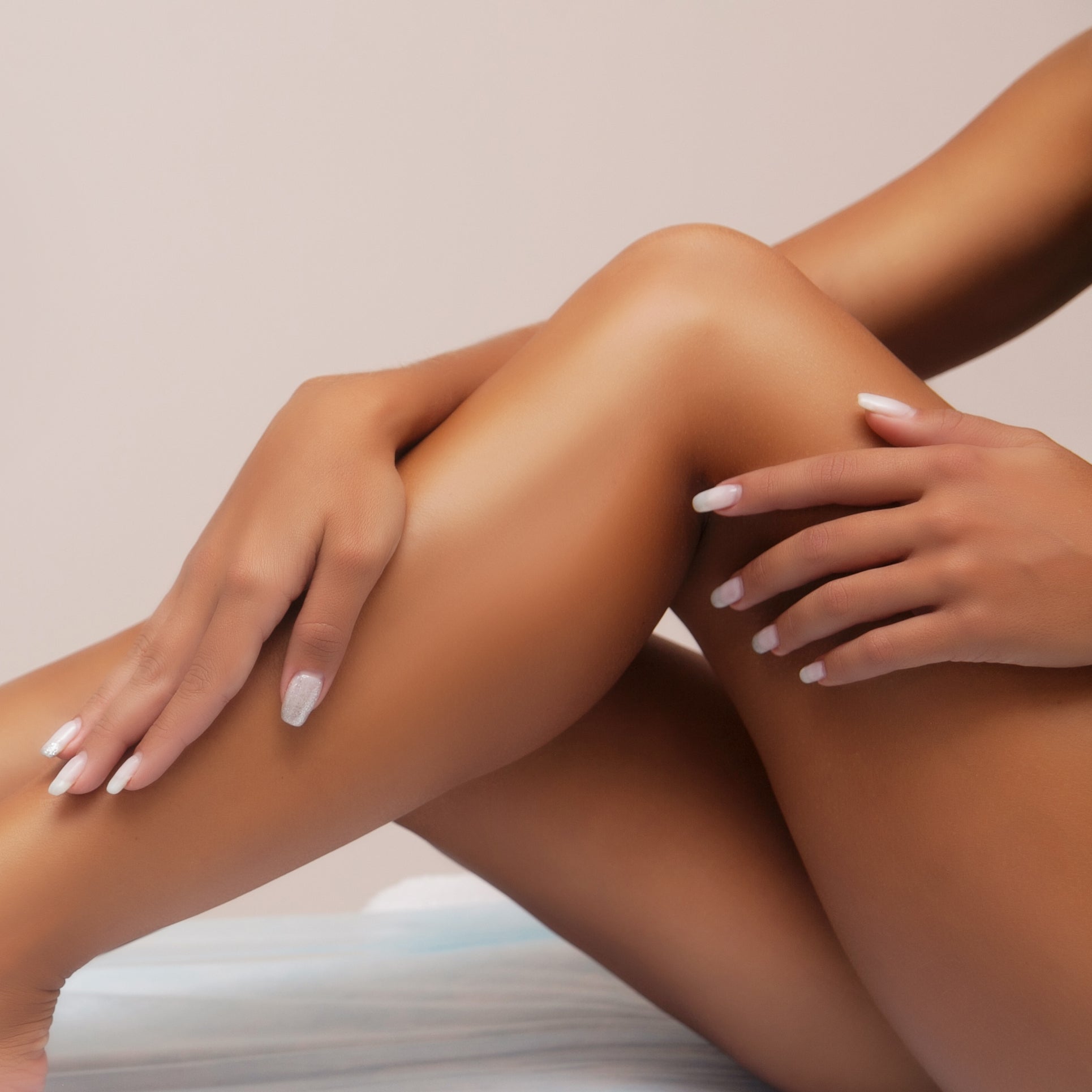How to care for hormonal skin
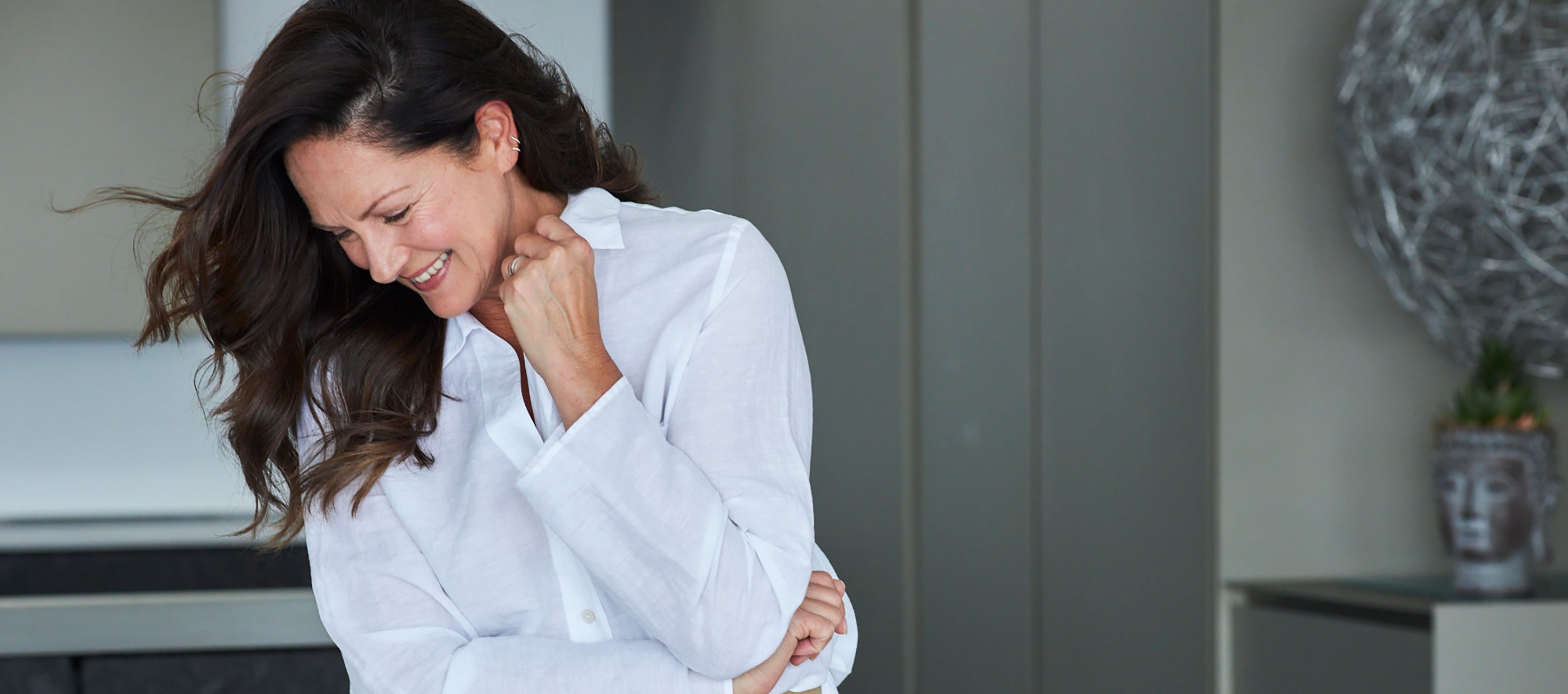
They say in order to love others we have to be able to love ourselves first. Whether you subscribe to this particular school of thought or not, at Slow we believe loving ourselves – and embracing all we are – can only be a good thing.
When it comes to loving our skin, some life stages can make this more challenging. Hormone related changes can cause skin to erupt, become overly dry or oily, flare up and lose elasticity. On a practical level there are steps you can take to give your skin what it needs to flourish. Read on to learn more about these key stages, how to make the most of them and care for yourself, along with all your beautiful imperfections.
Adolescence and oil
Maybe you’re in the midst or puberty, or maybe your teenage years are a distant memory but you have teens of your own. This life stage is triggered when the brain begins releasing a hormone called gonadotrophin. This causes the pituitary gland to release follicle stimulating and luteinizing hormones which control the secretion of progesterone, estrogen and testosterone.
The main challenge tends to be an increase in oil, produced by sebaceous glands. Sebum is designed to help keep your skin and hair moisturised but too much of it, plus dirt trapped inside pores and dead skin cells, can lead to acne. This adds up to skin that needs tender loving care to calm inflammation from breakouts, minimise the effects of excess oil and provide it with the nutrients it needs to glow.
Twice-daily gentle cleansing is essential to remove excess sebum and impurities. We give you a choice of two, depending how you like to cleanse. Essential Gentle Cleanser is exactly that; a light but luxurious softening cream that swiftly removes makeup, grime and pollution to leave skin silky and clear. Our Essential Face Wash is also formulated from sebum-regulating, anti-inflammatory pure essential oils. Simply mix with a few drops of water to form a deeply clarifying, revitalising foam for a fresh, bright complexion.
Exfoliation is ideal to slough away dead skin cells and oil build up that could lead to blackheads. Slow’s Perfect Skin Exfoliating Polish is an invigorating blend of natural ginger, pomegranate and orange that smooths the skin texture and boosts microcirculation for a gorgeous glow. Bear in mind that oily skin still needs moisture. A light hydrator, like our Essential Moisturiser with vitamin-rich natural algae and rebalancing ylang ylang essential oil, will protect and hydrate skin with a fresh feel.
Acne and rosacea in adulthood
Acne is most common during puberty, but is often triggered by hormonal changes so pregnancy and menopause can also lead to a flare up. Acne can run in families and women are more likely to have acne later in life, but there are things you can do to help. Acne is an inflammatory condition, so make sure your skincare is gentle and includes soothing natural ingredients. Some essential oils are especially calming and rebalancing including Roman chamomile, ylang ylang and lemon verbena, all of which are found in our Slow Ageing range.
Next, take a look at your diet. Certain foods are known to increase inflammation in the body. Sugar, dairy and refined carbohydrates like white bread and pasta can be key culprits so if your diet relies heavily on these try to reduce them. There is a wide choice of alternatives available, from soya and nut milks to delicious wholegrains like quinoa, spelt, buckwheat and bulgur. Lots of fresh water, plenty of sleep and regular exercise will also be of benefit.
If your skin is prone to high colour and easily irritated with red bumps that aren’t blackheads or whiteheads, you may be experiencing rosacea. This long-term condition often affects adults between 30 and 60 years old and is more common in women, especially those with fair skin. For most it comes and goes but for some it can get worse over time. Common triggers are those which increase blood flow such as UV light, spicy food, alcohol, overly hot baths and stress. If rosacea does flare up, treat it sensitively, with gentle skincare and take notice of your diet, sleep, exercise and stress levels. If things do not improve your GP could advise on topical medication.
Pregnancy, pigmentation and post-natal skin
Pregnancy is often the first time women notice an increase in skin pigmentation. Known as melasma (or chloasma and pregnancy mask), this tends to be more noticeable in women with darker skin tones although it can affect any skin type. It’s related to increased levels of hormones that stimulate pigment cells such as estrogen and progesterone. It’s common on already darker areas like the abdomen and nipples and can also appear on your forehead and cheeks. These patches tend to fade after pregnancy but can sometimes persist. As with everything, prevention is better than cure and as the sun can exacerbate the process, it makes sense to wear a high SPF sunscreen throughout pregnancy.
All the hormones surging around your body may make skin more prone to flare ups and breakouts so be sure to treat it gently, with clean formulas. Always choose products that are safe to use during pregnancy as high levels of some essential oils may have contraindications. After a deep cleanse using Essential Face Wash, spend a blissful five minutes on a Skin’ergy massage with our Essential Facial Essence. This blend of the purest, most potent essential oils is ideal to soothe, nurture and rebalance the skin’s deepest layers.
Post-pregnancy, your skin, mind and body will take time to adjust. Lack of sleep can affect your emotions as can breastfeeding, with its associated wealth of hormones. All these things make it incredibly important to be kind to yourself and not pile on any unnecessary pressure. Skin is the body’s largest organ and after stretching to accommodate an extra life, it’s only natural that it will take time to find a new normal. Aside from eating well and getting as much sleep and fresh air as you can, look after your body and help it to regain elasticity by self-massage with nourishing and elasticising botanical oils. Essential Firming Body Essence is a potent blend of 100% pure essential oils plus collagen-stimulating hazelnut. The olfactory benefits of lemon verbena, rosemary and Roman chamomile also help ease a fractious mind and restore a sense of stability.
For more on hormonal skincare, read how to care for menopausal skin here.

